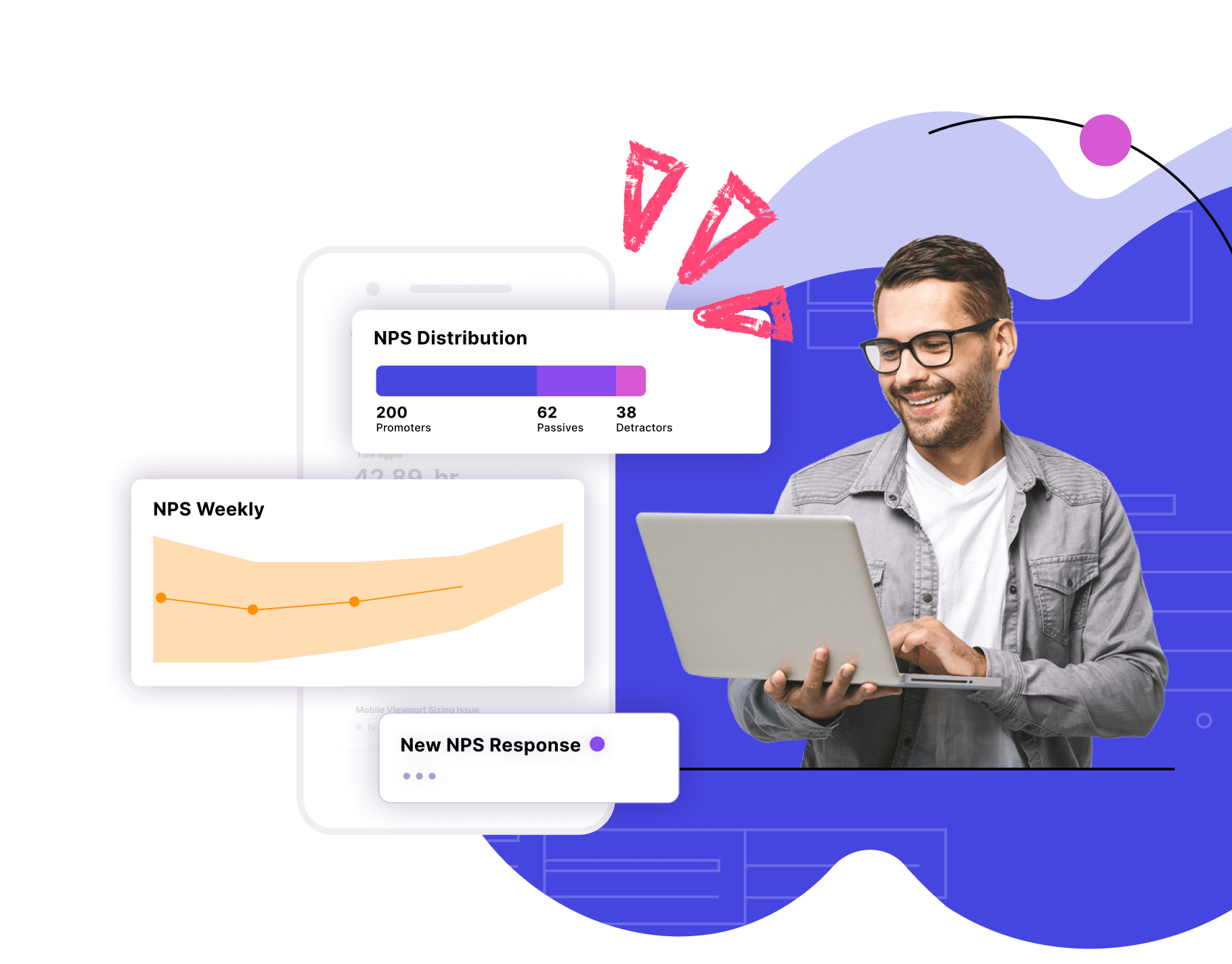Table of Contents
What is user experience (UX)?
User experience (UX) is the practice of creating products that address the needs of users, and which users can navigate easily and intuitively so that they can get value quickly. User experience is also literally that, how the user experiences the product.
Why is UX important?
Product teams build products to improve a user’s life, right? Well, UX helps them do that. It helps users get the most out of the product.
Furthermore, creating an easy-to-use product is one of the surest ways to retain current users and gain new ones. If a product is difficult to use, usage will stall, and churn will follow. In today’s competitive market, users expect thoughtfully designed, intuitive software. In particular, they expect their business applications to be as simple to navigate as those they use in their personal lives. A Forrester Research report found that for every $1 invested in UX, companies see $100 in return, a truly staggering ROI of 9,900%.
Further, if users can’t get value out of a product quickly, then the time and resources that the company invests in building features are basically wasted. A Pendo study found that public cloud software companies collectively invested up to $29.5 billion in R&D costs in features that ended up unadopted or underutilized.
How can I improve my product’s UX?
- Understand the user: Research is one of the keys to figuring out how to improve UX. Understanding the context of usage will reveal patterns and trends that one might not have predicted when designing the product. UX research can come in many forms, from interviews to usability studies. Start here, before moving on to designing solutions.
- Design with the user in mind: Understanding user intent and behavior allows companies to better guide them to success. One way to increase usability is to add contextual in-app guidance so that users don’t just wander through the app. Guidance can anticipate questions users might have, or predict what their next move will be. It can also help companies introduce new features in a way that’s unobtrusive and targeted to the segments that are most likely to need them. Procore, for example, revisited its in-product communication strategy and implemented in-app guides to personalize the user experience by delivering contextually relevant information to different segments of users.
You might also like




